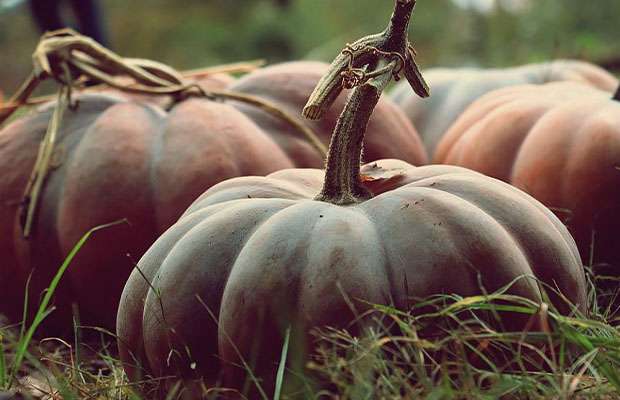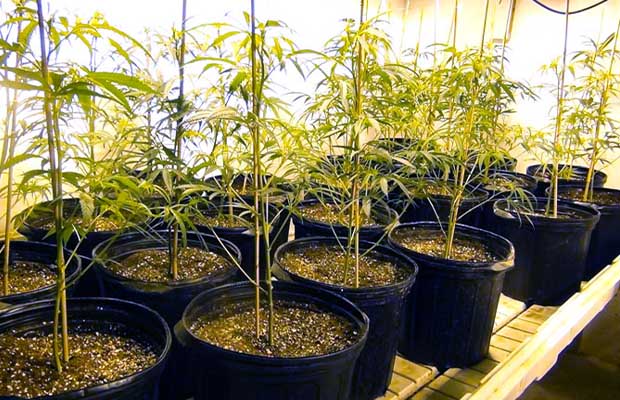For a variety of reasons, squash is a great plant choice for your garden.
The plant is very giving in the beginning. This means that, if grown properly, one plant will produce a large amount of fruit. Additionally, it doesn’t require a lot of space to produce fruit.
Do you know how much room squash requires to grow? Squash plants prefer to have a lot of space to spread out. Whether you are growing bush or vining varieties will determine how much. Take into account these suggestions:
Plants should be placed 15 to 20 inches apart in rows that are 4 to 6 feet apart for bush varieties.
Plants should be spaced 12 to 15 inches apart in rows that are 6 to 12 feet apart for vine types.
Squash cultivation is simpler than you might imagine. You will be an expert in growing squash once you have finished reading this article.
Related Reading: How Much Room Does Zucchini Need To Grow?
Table of Contents
How Much Room Does Squash Need To Grow?
How far apart to plant the squash is the next thing to think about. Always make sure the roots have enough space to spread out fully. Your fruits can’t grow to a good size if the root growth is restricted.
The variety affects plant spacing as well. Typically, summer squashes need to be spaced 24 to 30 inches apart. When planting winter squash, space them 36 to 60 inches apart.
The particular variety you are growing will determine the exact spacing. Winter squashes, as you can see, need a sizable amount of space to grow.
You might therefore have to stick to growing summer squash if your space is limited. Always keep in mind the flavors you enjoy. Your choice of variety may be influenced by this.
Squash has roots that are reasonably substantial in size. They must therefore have numerous drainage systems. Use a medium that encourages water flow when growing squash.
Silica sand and clay balls are two good alternatives. After the squash has grown its second set of leaves, transplant it into your aquaponics grow beds. Your chances of success are reduced if you start earlier.
Squash prefers full sun and requires at least six hours of direct sunlight each day. In order to supplement your indoor growing, you must use grow lights.
What Time Is Ideal For Planting Squash?
Warm-weather plants include both the summer and winter squash varieties. To prevent your seeds from going bad before they sprout, wait until the soil temperature has reached at least 60 F (16 C) before direct seeding. Squash seeds can also be planted indoors or in a heated greenhouse two to four weeks prior to the last date of frost. The same is true of transplants: don’t set out until the weather has warmed to 70 Consult your neighborhood’s most recent information with your local extension agent. F (21 C).

Planting And Care Of Squash
Squash love wrapping their roots around scraps of compost or other decomposing materials, and they require plenty of sunlight and good drainage. Add a 3-inch layer of compost to the ground before planting squash. The top few inches of native soil can be combined with aged compost-enriched Miracle-Gro Performance Organics All Purpose In-Ground Soil as another excellent option. Squash plants are typically large, so leave at least 3 to 6 feet between each plant (refer to the instructions on the plant tag for specific distances). Following the instructions on the label, you should feed squash plants with a continuous-release fertilizer like Miracle-Gro Performance Organics Edibles Plant Nutrition Granules for the best growth and a large harvest.
Because squash leaves are so wide and dense, mature plants require little to no weeding and can provide cooling shade thanks to their broad, dense leaves. For a few days after transplanting squash seedlings in warm weather, you may cover them with an upside-down flowerpot or another form of shade to help prevent wilting.
Both male and female flowers are produced by squash. By keeping an eye out for a tiny squash below the blooms, you can quickly spot the female flowers. The male flowers sit directly on the stem and typically start to bloom a week or two before the female flowers do. Bees and other small insects make frequent visits, leaving behind trails of pollen brought from male blossoms to aid female flowers in developing into squash. At the end of their lives, male flowers frequently fall to the ground; this is normal.
Troubleshooting Of Squash
Squash is frequently harmed by squash bugs, squash vine borers, and cucumber beetles. Late in the growing season, when plants are already failing, the damage is usually at its worst. Grow plants underneath floating row covers or use net covers placed over hoops in areas where pest pressure begins early in the season. When the plants begin to bloom, take off the covers to let pollinating insects in.
Harvest And Storage Of Squash
If you’ve ever heard that squash blossoms can be eaten (and they can!) and you want to try them, go ahead and pick the first blossoms that appear. The petals can be used to color salads and appetizers by removing the inner parts. Because the early flowers are male and bear pollen but no fruit, harvesting them won’t harm the plants’ ability to produce more flowers later on.
You can either cut yellow squash, zucchini, and other summer squash up to 6 to 8 inches long when you harvest them as baby squash. While the plants are producing, gather your harvest at least every other day using a sharp knife. Remove the overripe squash as soon as you can to lessen the amount of moisture and nutrients the plants need if you happen to miss a few pickings. Squash pickles are simple to make, or you can grill marinated slices before putting them in your freezer if you have a bumper crop. Dried summer squash is also delicious.
Quick Tips To Growing Squash
- Winter squash can be planted in the middle of the summer; summer squash should be planted once all chances of frost have passed.
- Planting squash 3 to 6 feet apart will allow the plants room to spread. They should be grown in a spot with at least six hours of direct sunlight each day and rich, well-drained soil.
- Add several inches of aged compost or other rich organic matter to your native soil to boost its nutrient content.
- Squash requires constant moisture, but you shouldn’t water the leaves; 1 to 1.5 inches of water should suffice once a week.
- By feeding plants with continuous-release plant food, you can maximize the yield of the food you are growing.
- You are welcome to harvest young summer squash as soon as they are big enough to eat them, or you can wait until they are fully grown (usually 6 to 8 inches long).
Other Posts You Might Like:

















